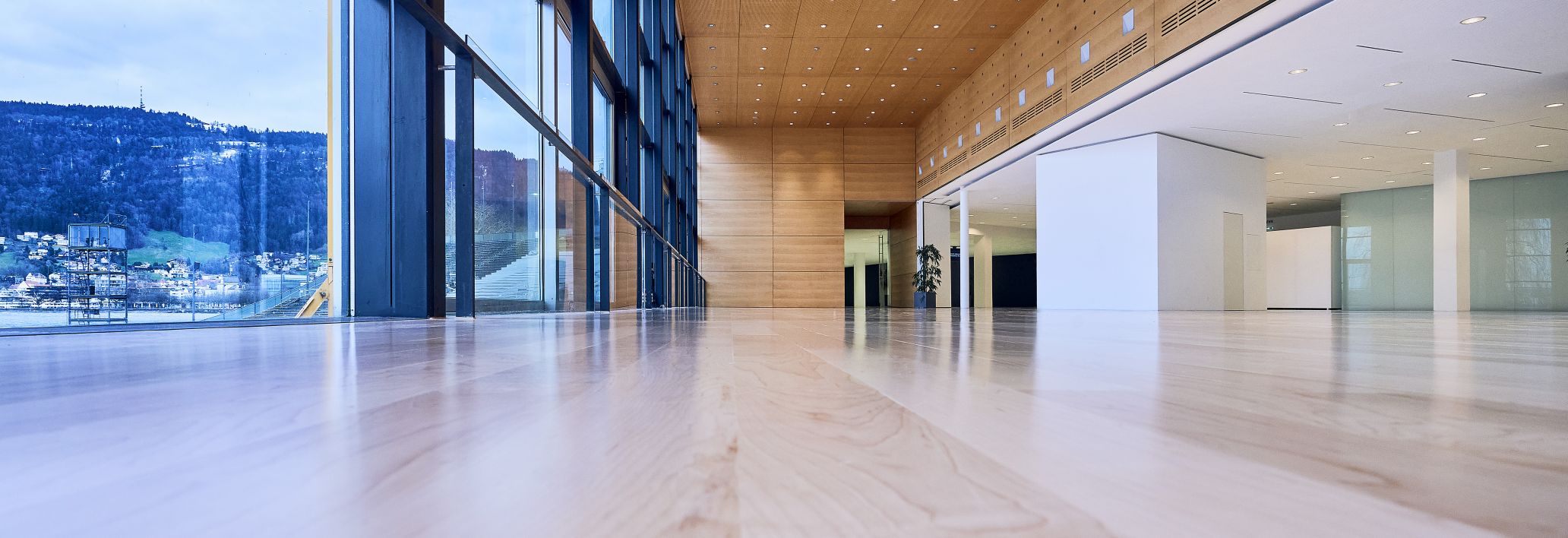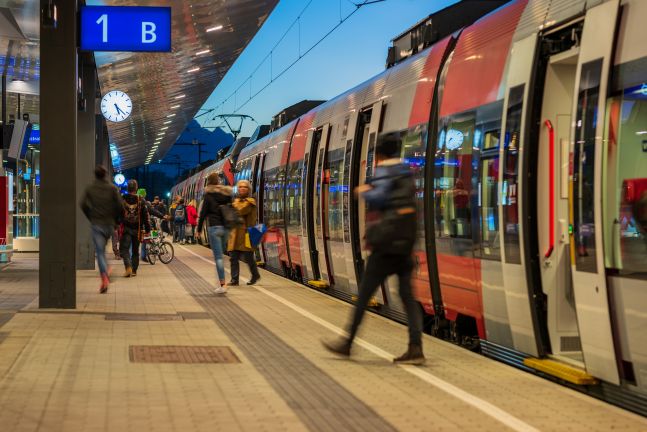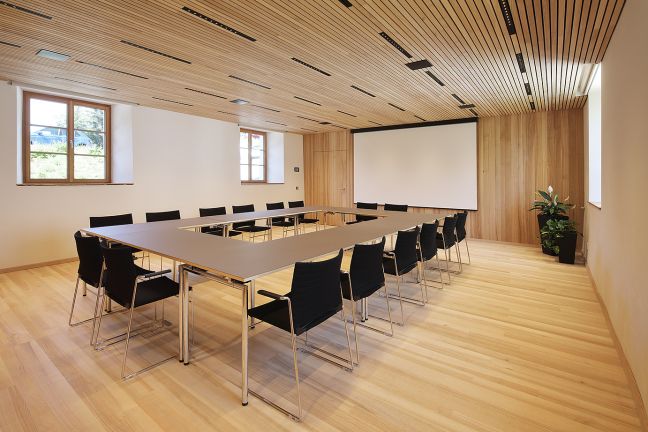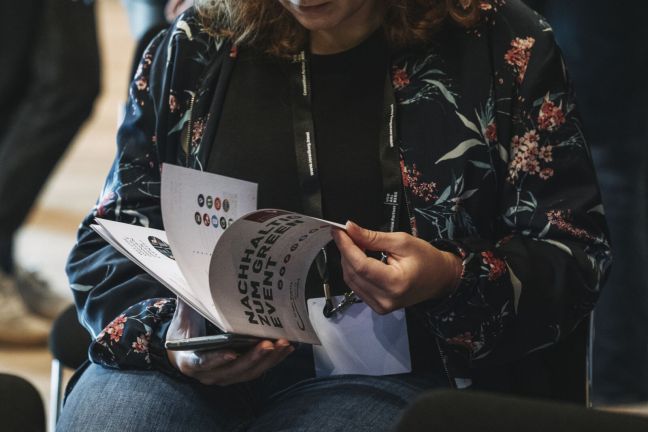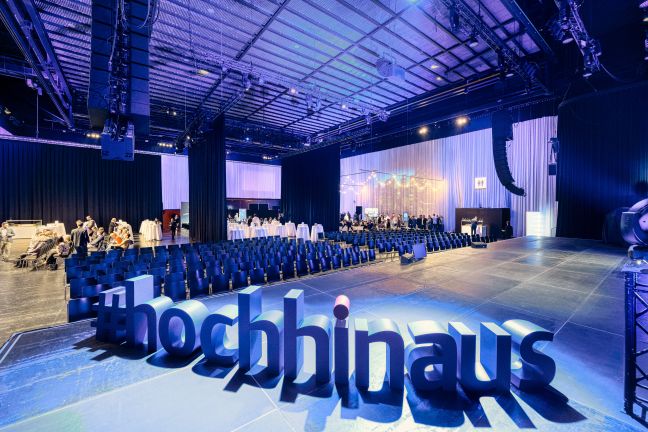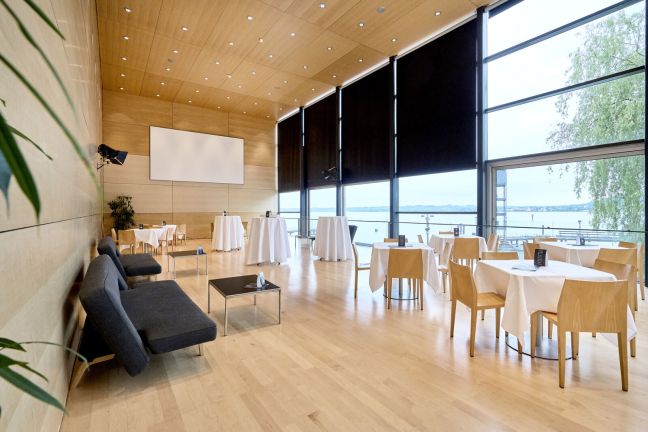This page is dedicated to the topic of accessibility in all its facets and shows that inclusion extends well beyond how accessible a room is. Alongside physical measures at an event venue, technical and communicative barriers are also considered to ensure events are equally accessible to all – regardless of particular individual limitations.
It’s not people with disabilities who must adapt to conditions, but rather that event conditions and concepts should be designed in a way that all people can partake in it without difficulty. (Convention on the Rights of Persons with Disabilities, 2009)
Barrier-free design is essential for some, helpful for others, and for practical for a majority - ultimately, all can benefit. Nevertheless, holistic accessibility in event planning is not yet taken for a given. Often an event will first be designed and then accessibility measures will be added as an afterthought. This is an approach which not only leaves inclusion gaps but can also cause hefty additional organisational and financial costs. Organising an inclusive event is a fundamental business decision.
Right from the outset, the accessibility requirements of the location, including catering and technology, are checked. This then serves as a basis for the possible implementation of needs-based measures resulting from identified needs at a later date, such as requiring a ramp or a person who speaks sign language.
Complete accessibility is not always possible. There are usually, however, compensatory alternatives available for most kinds of barriers. In various categories, we provide practical tips for improving accessibility at events:

